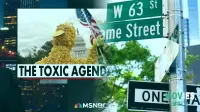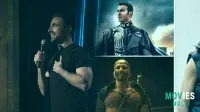Recently, the world of instructional media for kids had a shocking moment when Elmo's official X account was hacked. The red monster, who was known for being happy and raising awareness about mental health issues, had his platform hijacked to propagate racist and antisemitic remarks. Sesame Workshop rapidly dealt with this issue, which brings up bigger issues regarding digital security and the problems that public broadcasting is still having, such as big budget cuts to PBS and NPR.
A Look at Digital Weaknesses: The Elmo X Account HackElmo's X account, which has more than 650,000 followers, became a place for inflammatory content over the weekend. Instead of tweets that encouraged charity, followers saw threats against Jews and links to the probe into Jeffrey Epstein's sex trafficking. Sesame Workshop, the nonprofit group that runs Sesame Street, swiftly acknowledged that an unknown hacker had gotten into the account and condemned the tweets. The posts were taken down right away.
This is not the first time X has been criticized for the security of its platform. Since Elon Musk bought the company, it has changed how it handles security and privacy, and several former employees are worried about how well it can protect customer data. People have also spoken bad things about the corporation since hate speech has gone up on the web.
#ElmoHack
The Elmo breach wasn't simply a joke; it showed how easy it is for even well-known children's companies to be hacked.
How Elmo's Account Was Hacked: The Anatomy of a Compromise
There isn't a clear description of how the attack happened, although it usually happens because of weak passwords, phishing attempts, or security holes in the platform. The hacker's posts included requests for President Trump to "release the files" about Jeffrey Epstein and insults against Jews. This content is in keeping with what is happening more generally online, such as the rise of conspiracy theories and hateful speech in communities like QAnon and the manosphere.
The Bigger Effect on Brand Trust Beyond the Tweets
A hack like the Elmo Hack might make people lose faith in a brand that is based on innocence and knowledge. Sesame Street has been a trusted name in children's TV for a long time because it promotes positive messages and cares about mental health. Elmo's straightforward question "Elmo is just checking in!" from last year "How is everyone doing?" started a big talk about mental health, with answers coming from people like President Joe Biden.
The hacked messages were very different from what Elmo usually posts, which got a lot of people talking, including Jon Stewart on The Daily Show. Stewart made fun of the issue and used it to talk about online safety and false political information.
The Political Landscape: What You Need to Know About Cuts to Public Broadcasting Funding
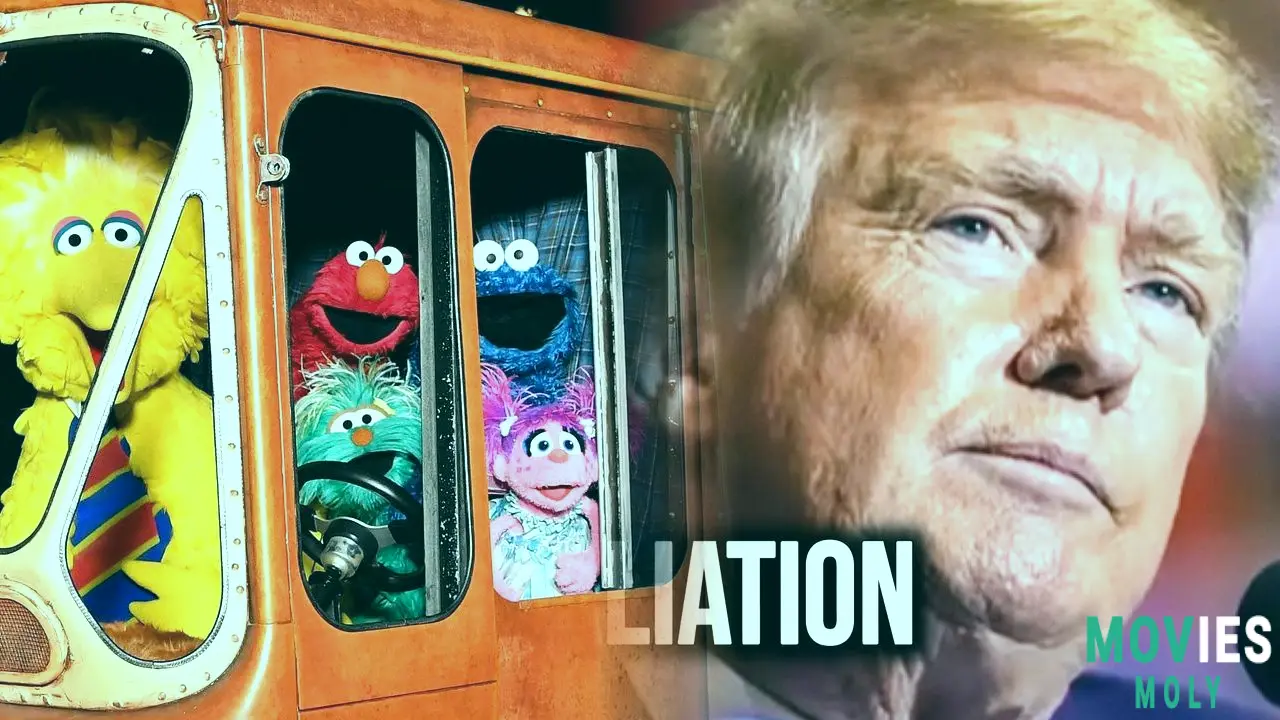
The Elmo hack happens at a time when public television is still having problems, especially with getting money from the federal government. Congress set up the Corporation for Public Broadcasting (CPB) in 1967. It is very important for helping public radio and TV stations all across the US. It gives more than 70% of its money to over 1,400 local stations in order to make sure that people can receive high-quality, non-commercial material.
Even though it has a goal, public broadcasting has been asked to stop getting money from a number of politicians, including President Trump. People who want these cuts typically say that the programming is biased. The Senate just passed a bill that will cut federal support for public broadcasting. This would affect both NPR and PBS.
#SavePBS
Cutting funding for public broadcasting isn't only about saving money; it's also about making sure that every child can have a good education in the future.
The Corporation for Public Broadcasting: A Lifeline That Is in Danger
Most of the CPB's yearly budget comes from money that Congress gives them. This money is highly important since public media stations generally raise six dollars for every federal dollar they get from CPB, which makes a public-private partnership. Without this federal help, stations, especially smaller ones in rural areas, could have to reduce a lot of programs or perhaps shut down.
Katherine Maher, the CEO of NPR, has said that these changes could put people's safety at risk, especially in rural areas that depend on public radio for emergency alerts. Paula Kerger, the president of PBS, also said that the changes will have a big effect on all stations, especially those in rural areas.
Who loses out when there is a digital divide in rural areas?
Almost all of the people in the U.S. listen to public media stations. In a lot of remote areas, these stations are the only places to get local news, instructional materials, and emergency notifications that could save your life. These smaller, rural stations are hit harder by cuts to federal financing than larger ones, which may not have the same access to big private donations as urban stations.
This circumstance shows the digital gap, which is when not all groups have equal access to information and instructional resources. If support for public broadcasting goes down, this gap could get bigger, leaving many families without important services.
Sesame Street's Journey: From a Famous Public TV Show to a Streaming Show
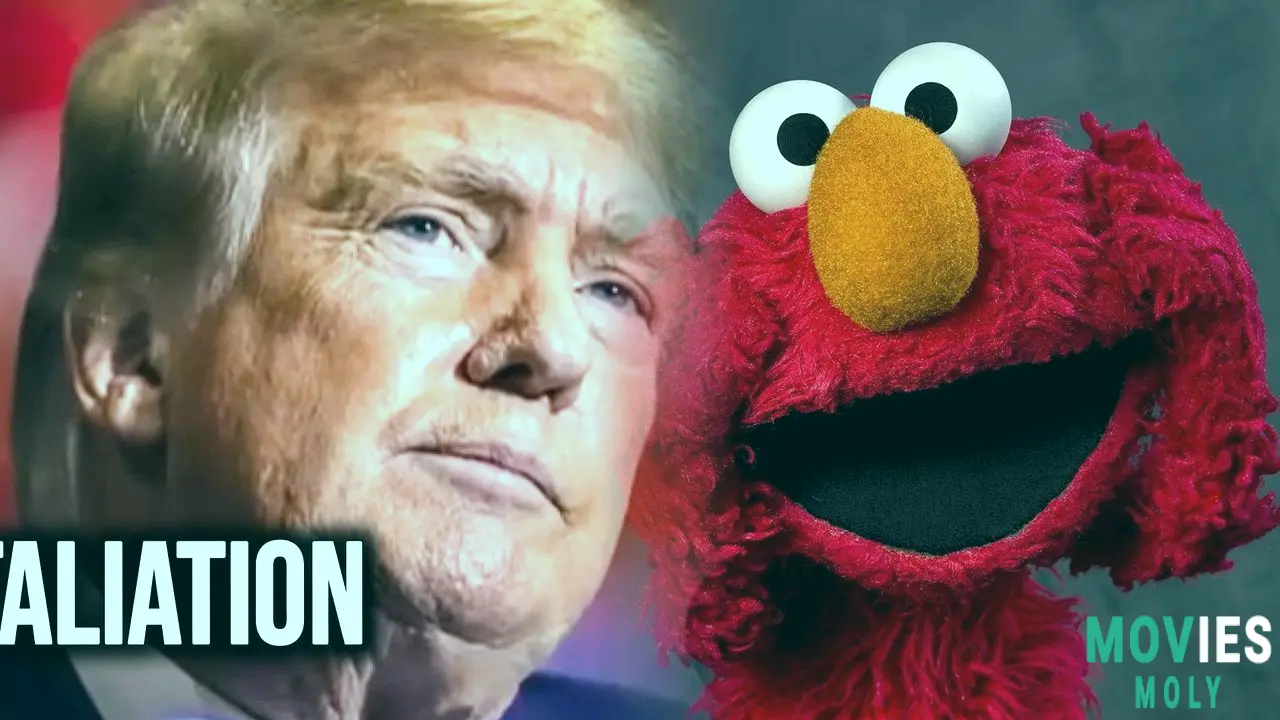
On November 10, 1969, Sesame Street first aired on public TV. It was a groundbreaking show that helped young kids, especially those from poor families, get ready for school. The show was made by the Children's Television Workshop, which is now called Sesame Workshop. It was based on research and included Jim Henson's Muppets, animation, and live-action elements to mix teaching and fun.
Sesame Street has won several honors and has been shown in more than 120 countries, with many adaptations made for other nations. It has always talked about social issues and made comments on them, showing how people's views on early childhood education and cultural diversity have changed over time.
#SesameStreet
Sesame Street has always changed. Its objective continues, but making it easy to access is still important, whether it's on the radio or online.
The Move to Streaming: Sustainability vs. Accessibility
To deal with money problems in recent years, Sesame Street started showing new episodes on premium cable channels like HBO and its streaming service HBO Max, with PBS showing them later. The show has also gone to Netflix more recently. This change opens up new ways to make money, but it makes it harder for low-income families that can't afford streaming subscriptions to get to the content. The show's original goal was to reach all kids, no matter how much money their families had.
Protecting Children's Educational Media: Making Sure the Future
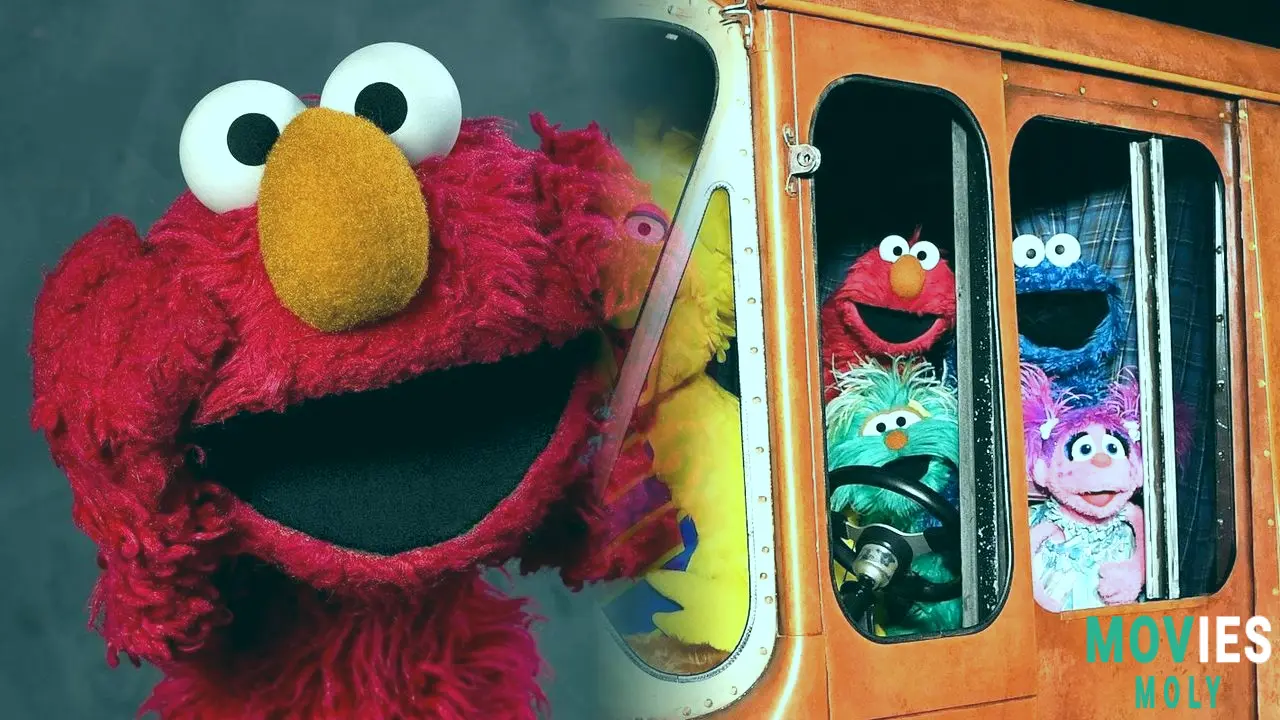
The problems that Sesame Street and public broadcasting are having show how important it is to keep supporting instructional media for kids. Sesame Workshop and other groups continue to push for early childhood development and try to get more money for programs for kids and their caregivers, especially those who are going through a crisis.
It can't be said enough how important it is for kids to have access to high-quality educational content. Sesame Street and Daniel Tiger's Neighborhood are two shows that have had a big impact on generations of young learners by helping them learn basic academic skills, build their self-esteem, and solve social problems.
#KidsMedia
When Big Bird's budget is on the line, it's time for everyone who believes in the value of educational TV to act.
What will happen next for Sesame Street in terms of advocacy and adaptation?
Sesame Workshop and other public media groups are trying to keep up with changes in the media and how they get money. This includes looking for different ways to get money, working with other groups, and pushing for rules that make it easier for everyone to get instructional content. No matter what happens next, the goal is still to make sure that all kids keep getting smarter, stronger, and kinder.
#FutureOfMedia
The problems Sesame Street is having right now are part of bigger discussions about technology, media, and the public good. What do we all have to do?


